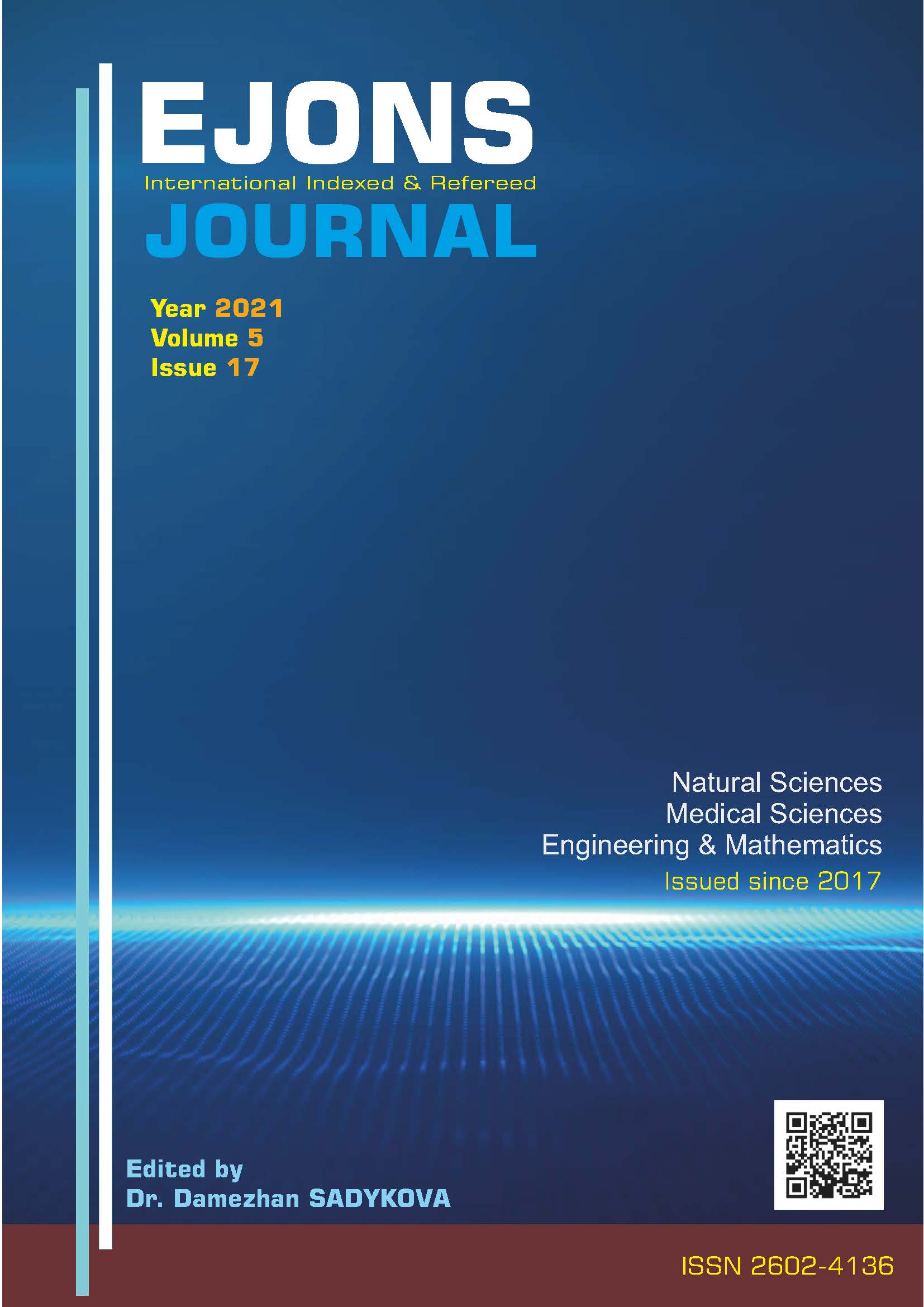STRUCTURAL ASSESSMENT OF HASEKI SULTAN MOSQUE
DOI:
https://doi.org/10.38063/ejons.376Keywords:
Domes, Dome Transition Elements, Arches, ButtressesAbstract
Historical masonry structures are monuments that reflect cultural values from the past to the present and each has a certain importance according to its period. These monuments need to be evaluated and preserved in terms of architecture and engineering in order to be passed on to future generations. In this study, Haseki Sultan mosque, the first work in İstanbul of Mimar Sinan, who contributed greatly to the Ottoman architecture in the 16th century, was chosen as an case study. The mosque is of great importance in terms of being an early work of Sinan. It is aimed to evaluate the domes, dome transition elements (pendant, tromp…), arches and buttresses in the mosque in terms of structure. Calculations based on the static evaluation were applied for the dome and arches of the structural elements. In these calculations, the dome flatness ratio is interpreted. For dome transition elements, its relationship with other load bearing elements is mentioned. In addition, which arches were used in the building, the effect of the type of arch used on the structure, and the connection of the second dome added later with the arches were discussed. Apart from these building elements, the positions of the buttresses outside the main domes of the mosque and how they contribute to the building are explained. As a result, the structural elements of the historical mosque are statically safe. In order to maintain its safety for many years, it should be aimed to apply some protection methods by the experts in the structure.
Downloads
Published
How to Cite
Issue
Section
License

This work is licensed under a Creative Commons Attribution-NonCommercial 4.0 International License.


